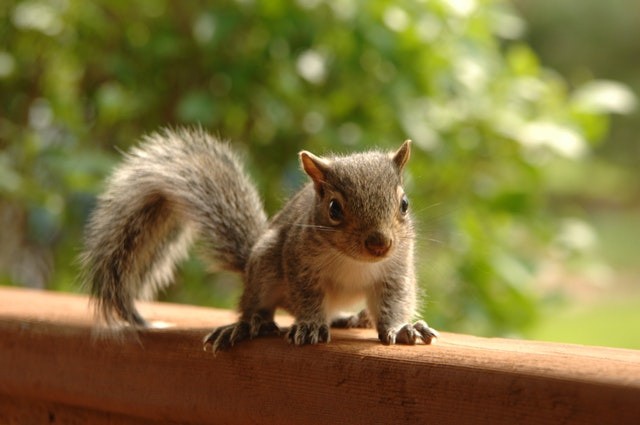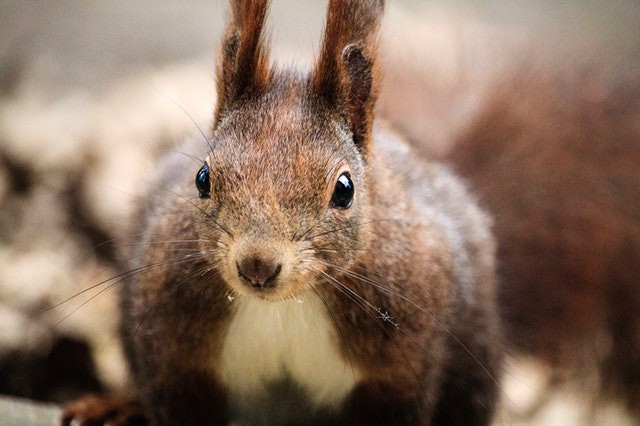In a photo presented by the United States Fish and Wildlife Service is a black-footed ferret cloned from the genes of animals that died 30 years ago. The cat-like predator named Elizabeth Ann became the first cloned black-footed and first-ever cloned endangered species in the United States, born on December 10.
According to the United States Fish and Wildlife Service, scientists hope that this feline predator named Elizabeth Ann and her descendants will enhance the genetic diversity of a species previously thought to have gone in extinction but brought up in captivity and reestablished successfully to the wild.

Black-Footed Ferret
The black-footed ferret recovery coordinator Pete Gober said on Thursday: "You might have been handling a black-footed ferret kit and then they attempt to take your fingers off the next day," but "she's holding her own."
The black-footed ferret was born and is been raised at a Fish and Wildlife Service black-footed ferret breeding facility located in Fort Collins, Colorado. Elizabeth Ann is a genetic copy of a ferret named Willa who passed away in 1988 and whose remains were frozen in the early days of DNA technology.
Cloning at-last could bring back exterminated species like the passenger pigeon but for now, the confines of the technique promises help to endangered species which includes a Mongolian wild horse that was duplicated and given birth to last summer at a Texas facility.
Ben Novak, lead scientist with reviving and restore, which is biotechnology-based nonprofit conservation that organized the ferret and horse clonings said "Biotechnology and genomic data can absolutely make a difference on the ground with conservation efforts."
Captive Breeding Program
Black-footed ferrets are a type of ferret easily noticed by dark eye markings simulating a robber's mask. Nocturnal and charismatic, they feed particularly on prairie dogs while animating in the midst of the rodents' sometimes vast burrow colonies. Black-footed ferrets were a conservation hotshot, even before duplicating. They were thought to have gone into extinction, ranchers shot and poisoned off-field dog colonies making rangelands unfitting for cattle. Until 1981 when Shep, a ranch dog brought a dead one home in Wyoming.
Since the 1990s, researchers collected the remaining population for a captive breeding program that has discharged thousands of ferrets at dozens of sites in the western United States, Mexico, and Canada. Lack of genetic differences forbids an ongoing risk.

Reintroduction of Ferrets
All ferrets reintroduced so far are the offspring of just seven closely related animals. Genetic comparability makes today's ferrets potentially prone to intestinal parasites and diseases such as the sylvatic plague. Gober said Willa could have passed along her genes the usual way, too, but Cody, a male born to her "did not do his job" and her lineage died out.
Gober said Elizabeth Ann, together with future clones of Willa will form a new line of black-footed ferrets that will stay in Fort Collins for study. There are no plans currently to release them into the wild.
For more news, update, and similar stories about cloned species of animal don't forget to follow Nature World News!
© 2026 NatureWorldNews.com All rights reserved. Do not reproduce without permission.





